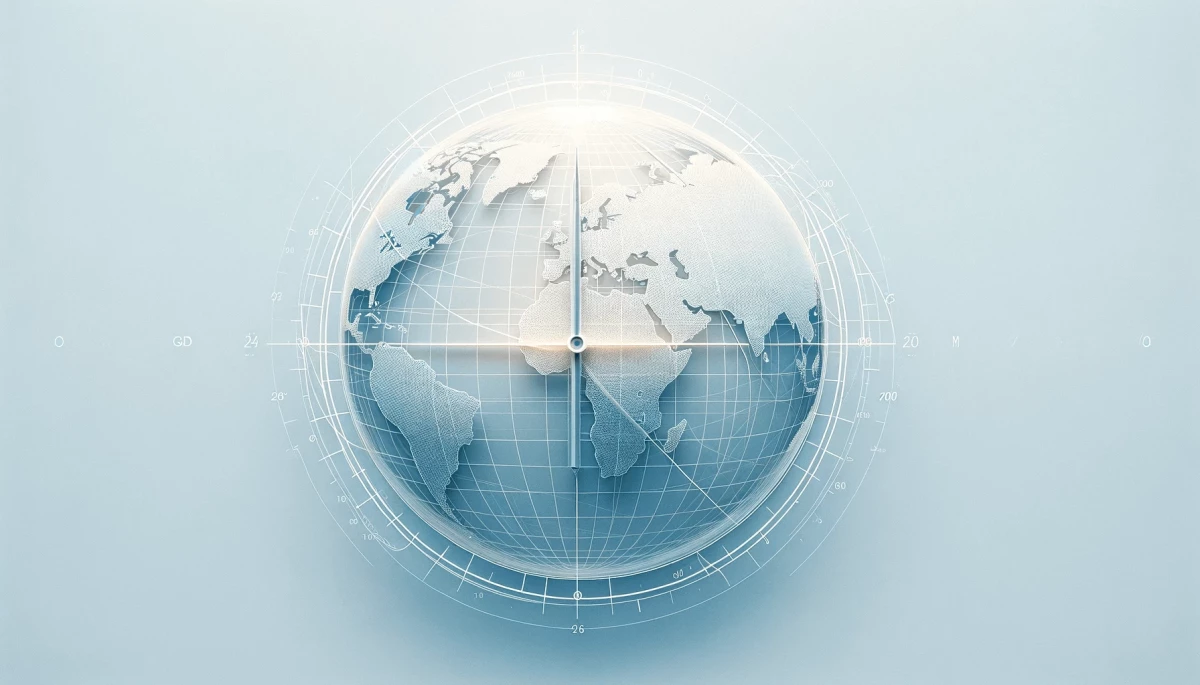The GMT (Greenwich Mean Time) time zone is one of the most commonly used time zones in the world. It is based on the Royal Observatory in Greenwich, located in London, United Kingdom, and is considered a global reference for measuring time. Established in 1884, GMT is used as the standard time to define time zones in relation to solar time.
Currently, GMT is also referred to as UTC (Coordinated Universal Time), but it is still commonly known by its original acronym. It is worth noting that the term GMT can also be used to refer to any time zone that is within a difference of 0 to +/-12 hours in relation to the Greenwich zone, such as GMT+2 or GMT-5, for example.
Time in GMT now: how to know the current time?
To check the current time in GMT, it is necessary to know which time zone you are in and convert it in relation to the Greenwich time zone. This can be a bit confusing, especially for those who need to communicate or do business with people from other countries.
To avoid possible confusions, it is important to pay attention to the details and always use reliable references to convert the times. One tip is to use an online clock that shows the time in GMT now, so you can be sure of the correct time and avoid potential errors due to time differences in relation to your place of origin.
In addition, it is important to always pay attention to the date, as time zones can also vary from one day to another. For example, while in Brazil we are in daylight saving time, some countries may already be in standard time and therefore have time differences in relation to GMT.
GMT around the world
GMT is used as the official time zone in several countries and regions around the world, especially in Europe and Africa. Some examples are: United Kingdom, Canary Islands, Gambia, Ghana, Portugal, among others.
However, it is important to note that some of these countries also adopt other time zones in addition to GMT. In the case of countries with large territorial dimensions, there may be time differences between regions that follow GMT, such as in Brazil, which has four different time zones.
Additionally, around the world, it is common to find other terms that refer to GMT, such as UTC, Zulu Time Zone, among others. These terms usually indicate the same time in relation to the Greenwich zone.
Facts about the GMT time zone
GMT, also known as Greenwich Mean Time, is known as the reference time zone due to its connection to the Greenwich meridian. This meridian is an imaginary line that divides the planet into two halves, separating the western and eastern hemispheres. All other time zones are defined in relation to GMT, following the logic that GMT is the time at the Greenwich meridian. Therefore, GMT is sometimes also referred to as Greenwich time.
The decision of which time zone to adopt is the responsibility of each country and is linked to political, economic, and cultural issues. Some nations prefer to adjust their time to benefit the population, as is the case in Brazil, where daylight saving time is adopted to save energy.
GMT can also be used differently in some situations. For example, in international events like the Olympics, which have participants from different countries, a standard start time based on GMT may be used to ensure that everyone can watch at the same time and avoid time confusion.
GMT vs UTC: What's the Difference?
As mentioned earlier, GMT is often confused with UTC (Coordinated Universal Time), but these are two different time systems. While GMT is based on the Greenwich meridian, UTC is based on an atomic time scale and serves as a reference for setting time around the world. This means that UTC is a more accurate way of measuring time and includes leap seconds to adjust for any variations in Earth's rotation.
Currently, UTC is used as the official time standard in many countries, including Brazil. This means that the time in Brasilia, for example, is measured from UTC, which always follows the same time pattern, regardless of factors like daylight saving time or changes in GMT.
Both GMT and UTC are used to facilitate international communication and business, avoiding potential errors and confusion from different time zones.

